
Le Figaro
Brian Jester, CEO, CSO et Efthimia Lioliou, COO de Synovance étaient les invités d’Aude Kersulec dans l’émission Itinéraire Entreprise diffusée au Figaro.
La population mondiale devrait atteindre 9 milliards d’habitants d’ici 2050. Cette croissance démographique s’accompagne d’une demande accrue des ressources. L’utilisation massive des produits pétrochimiques dans la production mondiale a un impact néfaste sur l’environnement.
La bioéconomie utilisant des ressources naturelles d’origine végétale pour la production des carburants, matériaux et denrées alimentaires, devient une urgence pour le climat. L’utilisation d’organismes modifiés capables de convertir efficacement la biomasse en molécules à forte valeur ajoutée est une condition préalable à la transition vers les usines durables du futur.

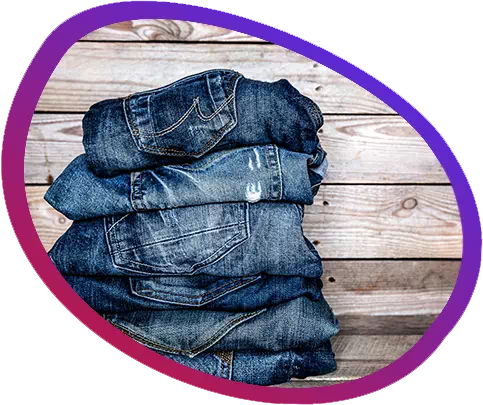
L’industrie textile a un effet désastreux sur l’environnement, représentant le deuxième plus grand consommateur de produits chimiques au monde, et le plus grand pollueur d’eau douce. Toutes les étapes du cycle de production des tissus contribuent à ce phénomènes : de l’extraction des matières premières à la fabrication du produit fini.
Malgré de nombreuses tentatives visant à réduire l’impact de l’industrie textile sur l’environnement, la production de colorants reste inchangée depuis plus d’un siècle.

Grâce à des méthodes disruptives, nous modifions nos micro-organismes en introduisant dans leur ADN les voies souhaitées pour produire les colorants.
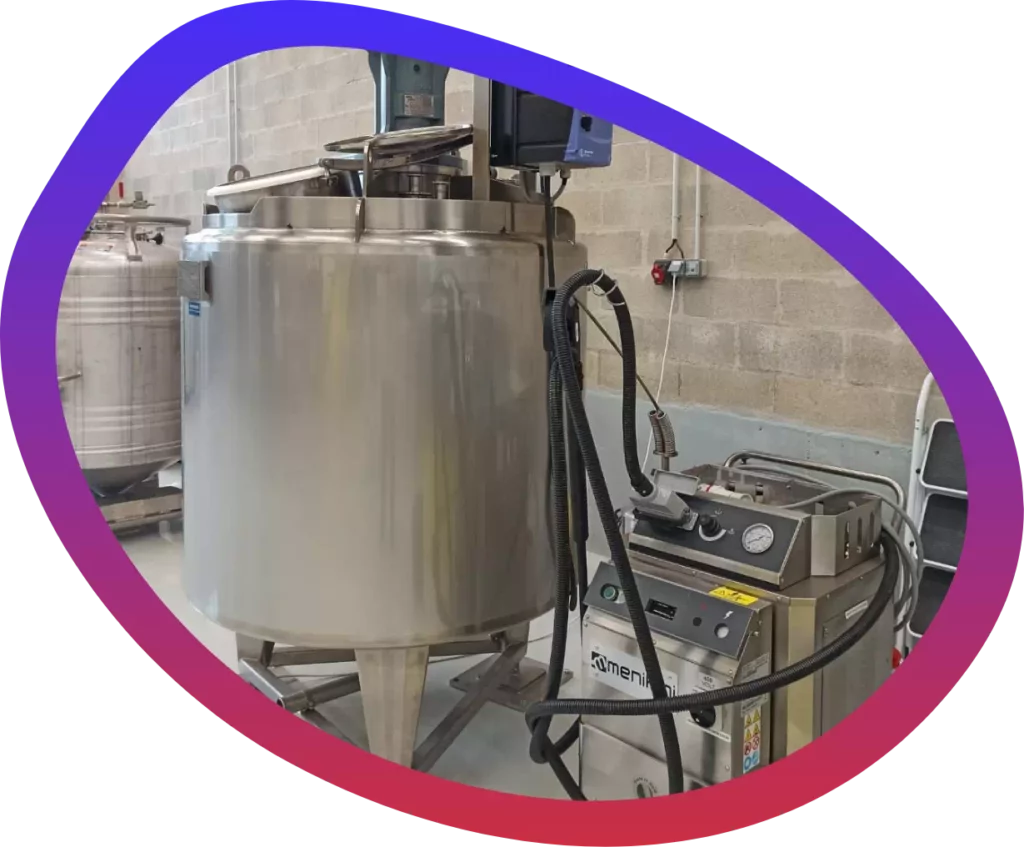
Nos “concepteurs”, les micro-organismes fermentent du sucre et du sel pour les transformer en colorants !
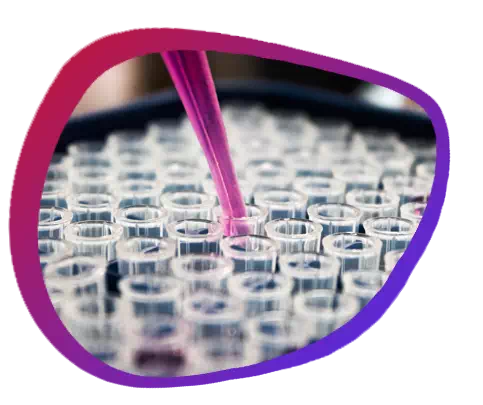
Les micro-organismes sont lysés et le colorant est isolé et purifié par des méthodes biochimiques.
En synthèse, nous avons créé une solution durable, du berceau au berceau, pour nos clients !
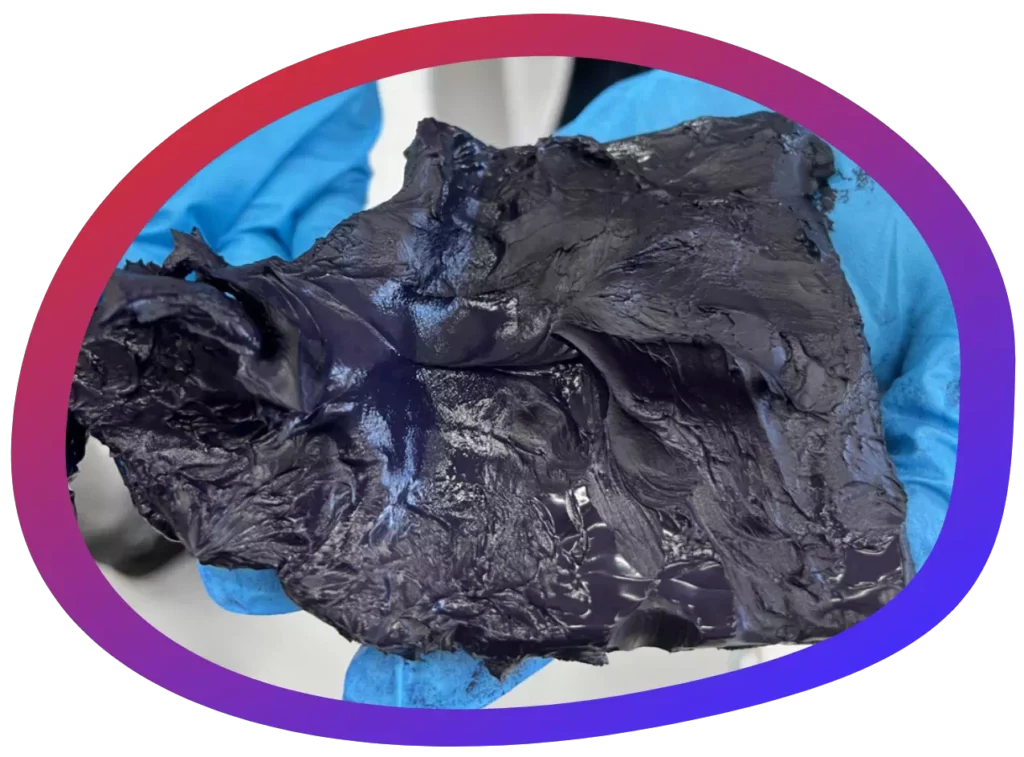
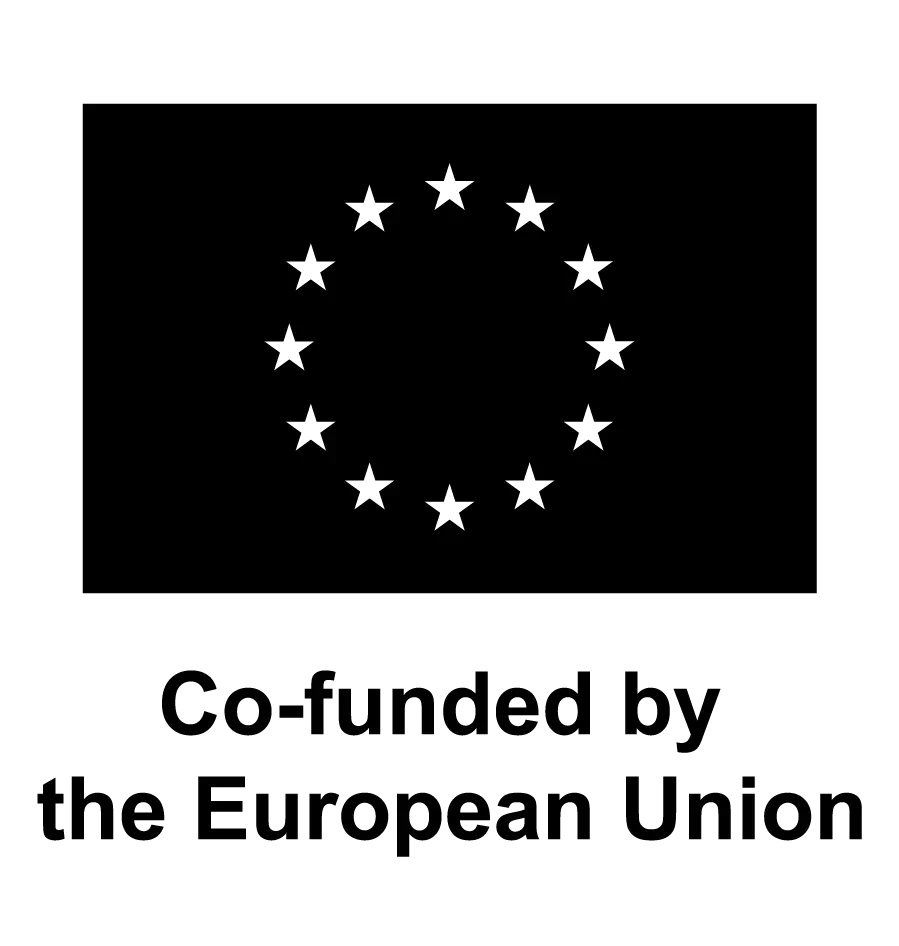












Brian Jester, CEO, CSO et Efthimia Lioliou, COO de Synovance étaient les invités d’Aude Kersulec dans l’émission Itinéraire Entreprise diffusée au Figaro.

Un mois chargé pour Synovance ! Notre prochaine étape : Texworld Paris. Ce salon international rassemble à Paris plus de 1000 exposants de l’industrie de la mode. Nous participons pour
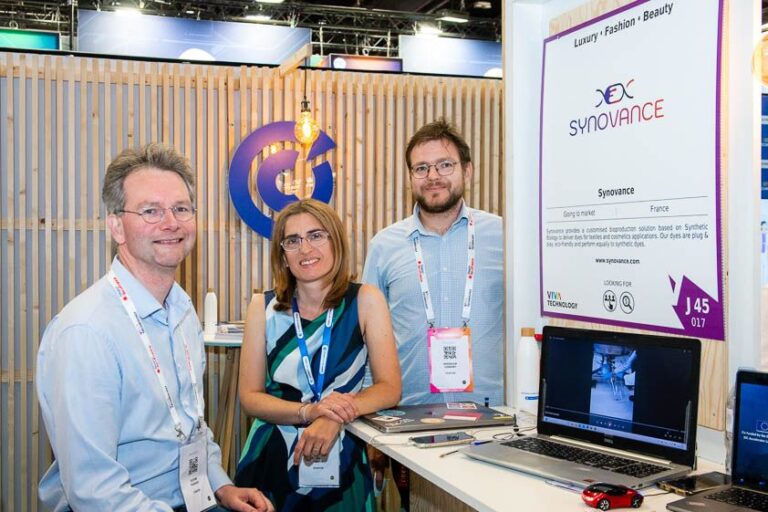
Une semaine s’est déjà écoulée, mais nous ressentons encore les ondes positives de l’événement #vivatech2023! Accueillie par CCI Paris IdF ET #eueic, beaucoup de nouveaux contacts, des discussions intéressantes et surtout de bons